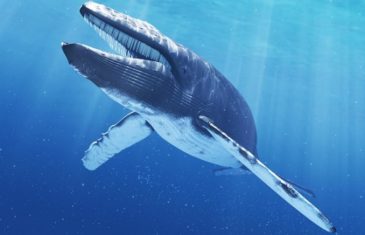Blue Whale are the largest animals to have ever existed on earth, due to its size there are no Blue Whales in captivity. These animals are also the loudest animals on earth. During the 20th century the species was almost exterminated due to commercial whaling. Blue Whales can be found in all major oceans of […]
Read moreTaxonomy Kingdom: Animalia Phylum: Chordata Class: Aves Order: Sphenisciformes Family: Spheniscidae Genus: Aptenodytes Species: Aptenodytes forsteri Name Common name: Emperor penguin. Scientific name: Aptenodytes forsteri o o Distribution and Habitat Emperor penguins live in the waters of the Antarctic, the continental shelf, fast ice and surrounding islands. Its distribution is limited to the area between 66˚ […]
Read moreo o Name Scientific name: Megaptera novaenanglia. Megaptera is derived from the Greek mega for “large” and pteron for “wing”. Novaeangliae for New England where the humpback was first described scientifically. Common name: Humpback whale, hump whale, hunchbacked whale. Conservation Status The humpback whale is listed as Least Concern by the IUCN. Its status was […]
Read more0 Name Scientific name: Orcinus orca Common name: Orca whale, killer whale. Taxonomy Kingdom: Animalia Phylum: Chordata Class: Mammalia Order: Cetacea Suborder: Odontoceti Family: Delphinidae Genus: Orcinus Species: Orcinus orca 0 Physical Features The orca whale is the largest member of the dolphin family. They have large black body with white belly and a grey […]
Read moreName Common name: Sperm Whale, Spermacet Whale, Cachelot, Pot Whale. “Spermaceti”, the organ in the head of the whale which contains an oily liquid once believed to be sperm. Scientific name: Physeter macrocephalus. Physeter is derived from the Greek word for “blowpipe or blowhole” Macrocephalus is derived from Greek meaning “big head”. Conservation Status […]
Read more



